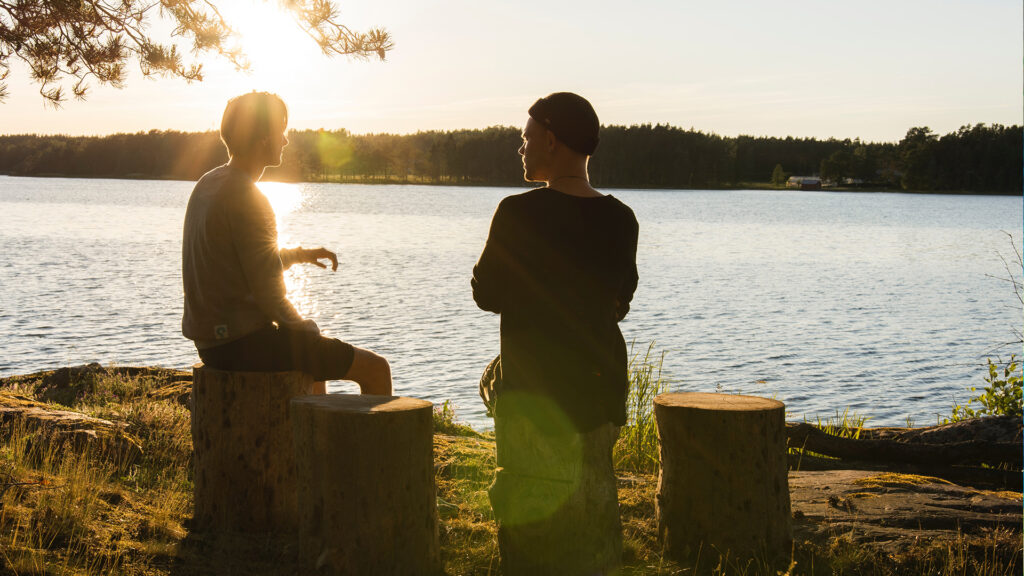I’ve written about it before: Shame. Shame as a shared human experience of alarmed aloneness, of exclusion.
Shame eats souls
The evolutionary purpose of shame is to have people behave within the frames of the tribe. Shame has also been used as a tool in the hands of those in power: Shame on you if you’re fat (and buy this remedy for getting slim). Shame on you if you are not male, not white, not able-bodied nor urban (as we are, and thus, we’re the ones to define who’s in and who’s out). Shame on you if you don’t behave (which is an efficient, but really costly tool for child rearing). I’m sure you can add to this list.
For many of us, shame is not something we face very often, because we avoid it. We keep ourselves within a narrow path of accepted conduct so we don’t get to experience the horrors of being ashamed.
Restricted zones become the effect
The map of shame stays in us even when we grow up and get to choose our own values. We may have picked it up from our parents and the shame they were trying to avoid. My dad was very concerned about what other people might think of him, and having an ill-behaved daughter was a challenge for him. He wouldn’t have to face his shame if I just behaved. I didn’t, as my rebellious side was strong, but I picked up his unease and it entered my system. I turned into walking shame. I disliked everything about myself. I was convinced I was foundationally a bad person, a malproduction of a human being. While I broke lots of patterns, my internal experience was still one of restriction, hardship, and lack of self-confidence.
My window of welcome for myself has expanded a lot, and daily shame is no longer my reality. I’ve got to like myself and care for myself, and with such capacity, I’ve become able to care for and support others as well.
A helpful map for meeting shame
Caring for others in a shame attack is not saying: “Oh, there’s nothing to be ashamed of! You’re OK – I would have said the same”. This is what we so often do when recognizing shame – we try to airlift the other person out of the experience with reassurance.
As a former shame walker, I know that it may comfort me in the moment, but it doesn’t do anything good to the shame response itself. Supporting someone to build inner resilience requires staying with the experience and meeting the other with resonance, as in “Would you like acknowledgement of how horrible that moment was? Are you worrying what others might think about you? Do you love it when you feel safe with others?”
My healing journey has gone through multiple Time Travels where I, along with a support person, have visited my younger self. Once the ashamed part in us experiences accompaniment and warm acceptance, the shame response weakens. The minefield of shame dissolves, mine by mine, trigger by trigger, and is replaced by freedom to BE. The new map of the territory then becomes a map of what makes me happy and where to find good company.
Are you tempted to get to know this map?
Regularly, I offer workshops in Befriend Your Brain where we get to touch these dynamics and find ways to remedy them. This workshop is pregnant with Resonant LanguageⓇ, developed by Sarah Peyton.
Expect highly experiential days and get to experience bits of the freedom that becomes available as you practice this work over a period of time.
Or sign up for a taster session with me and let’s explore how I can support you.




